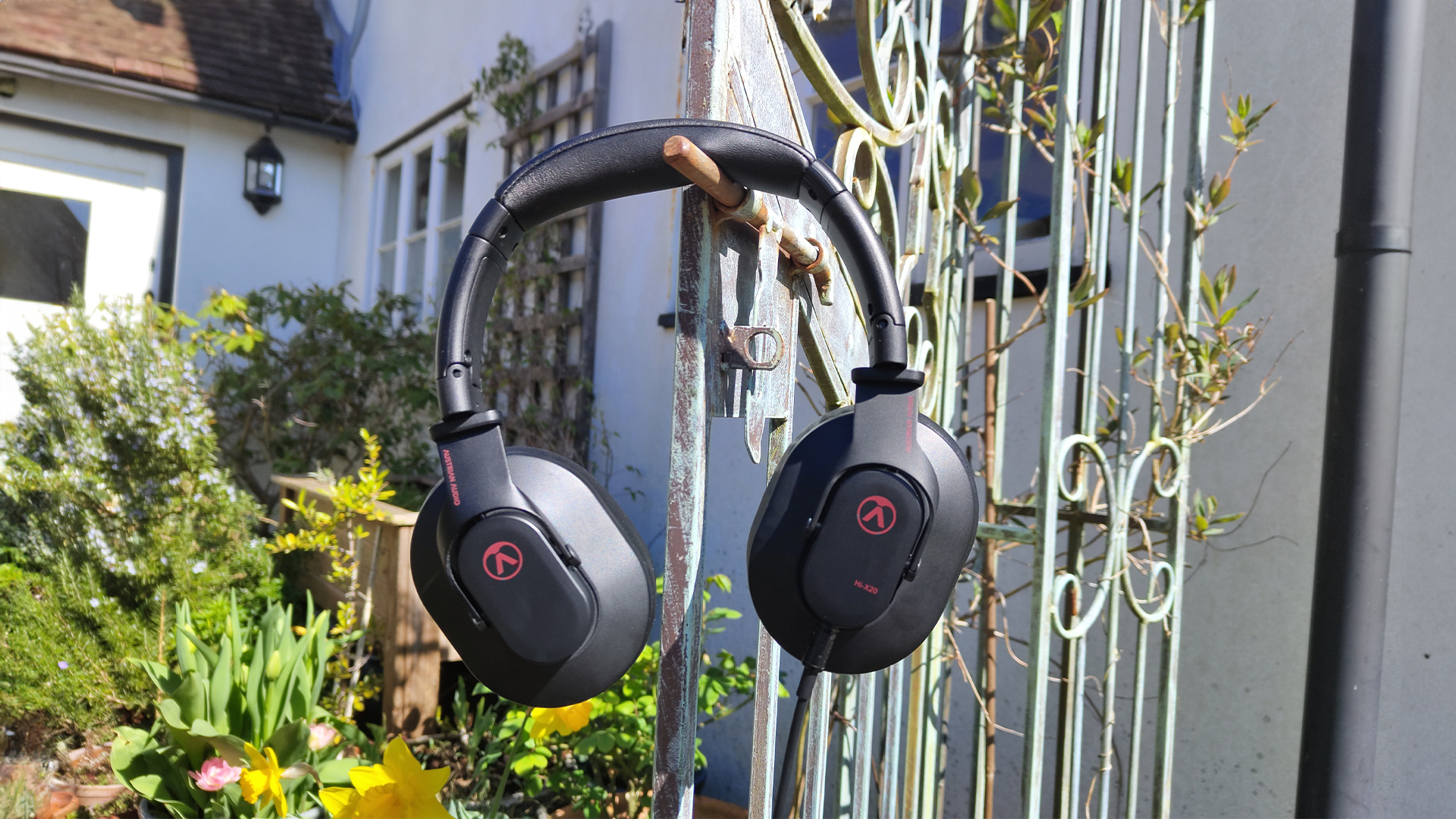Sound+Image Verdict
It’s a higher-priced package, but impressive in going loud while still remaining musical. Removable rears are not unique but as yet still unusual in not cluttering your lounge while offering true surround and height from behind. It all makes for an award-winning package.
Pros
- +
Breaks apart to deliver genuine Atmos surround from wireless battery-powered rears
- +
Detachable rears can be used as Bluetooth speakers
- +
Big sound for movies or music
Cons
- -
Large subwoofer to fit in
- -
Best surround effect requires near side walls
Why you can trust What Hi-Fi?
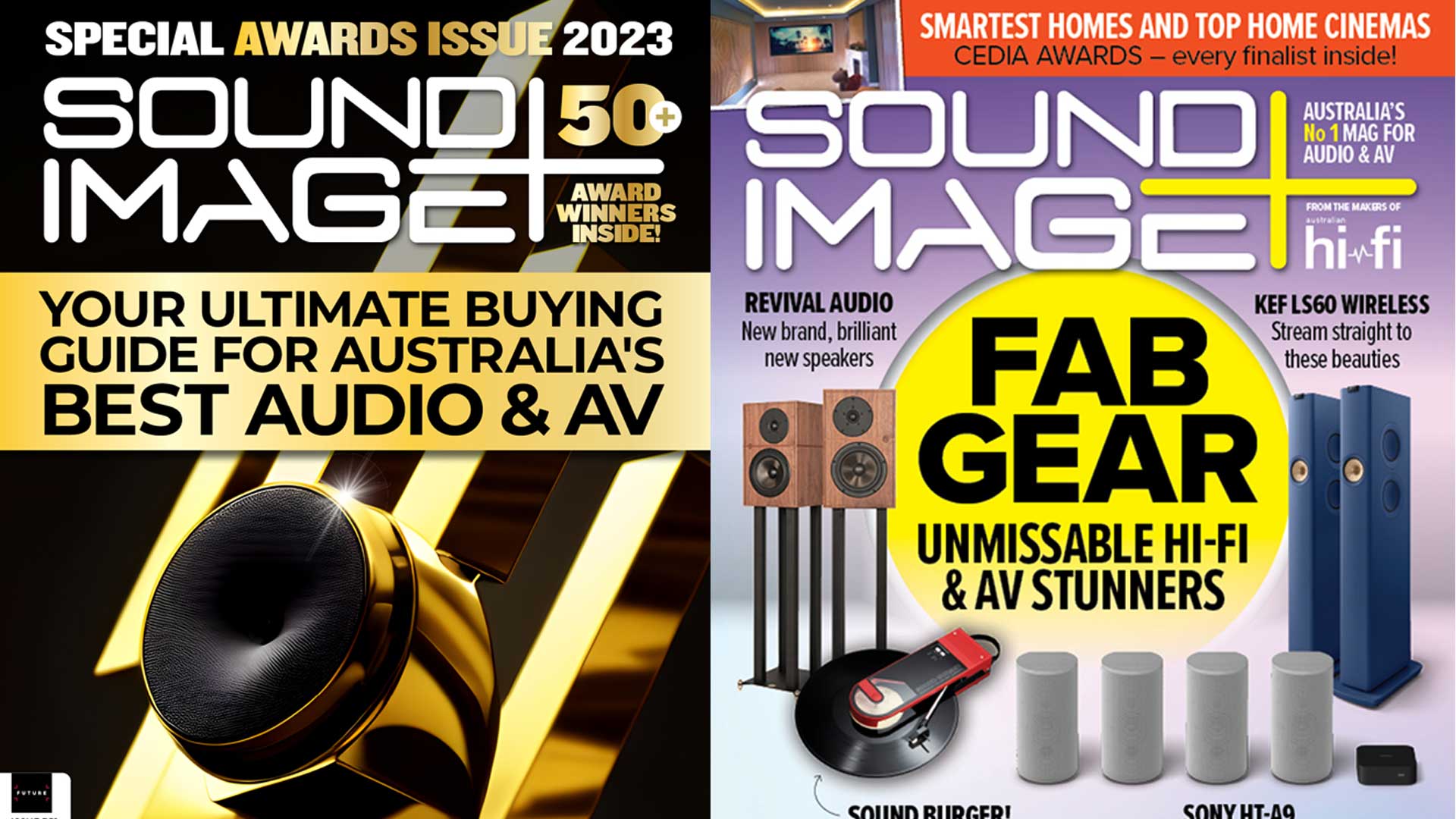
This review originally appeared in Sound+Image magazine, Australian sister publication to What Hi-Fi?. Click here for more information on Sound+Image, including digital editions and details on how you can subscribe. Read What Hi-Fi?'s global, star-rated JBL Bar 1300 review.
We've reviewed plenty of reviews of JBL soundbars in the past – but they've never before won a Sound+Image Award. In the past we have judged them solid and competent, but hitherto not exceptional in what is, after all, an extremely crowded market.
That changed this year, with the arrival of JBL’s Bar 1300, at the head of a new set of soundbar designs from the brand. The Bar 1300 is the company’s largest soundbar and subwoofer combo to date, and also its most ambitious.
One of its key tricks is that each end of the soundbar can be removed and resituated at the back of the room, to become battery-powered wireless rear speakers, so delivering genuine rather than virtualised surround sound.
Plus each detached rear also has an upward-firing driver, fulfilling duties as Atmos-enabled channels. In this way, the Bar 1300 is able to claim a huge 11.1.4-channel Dolby Atmos delivery.
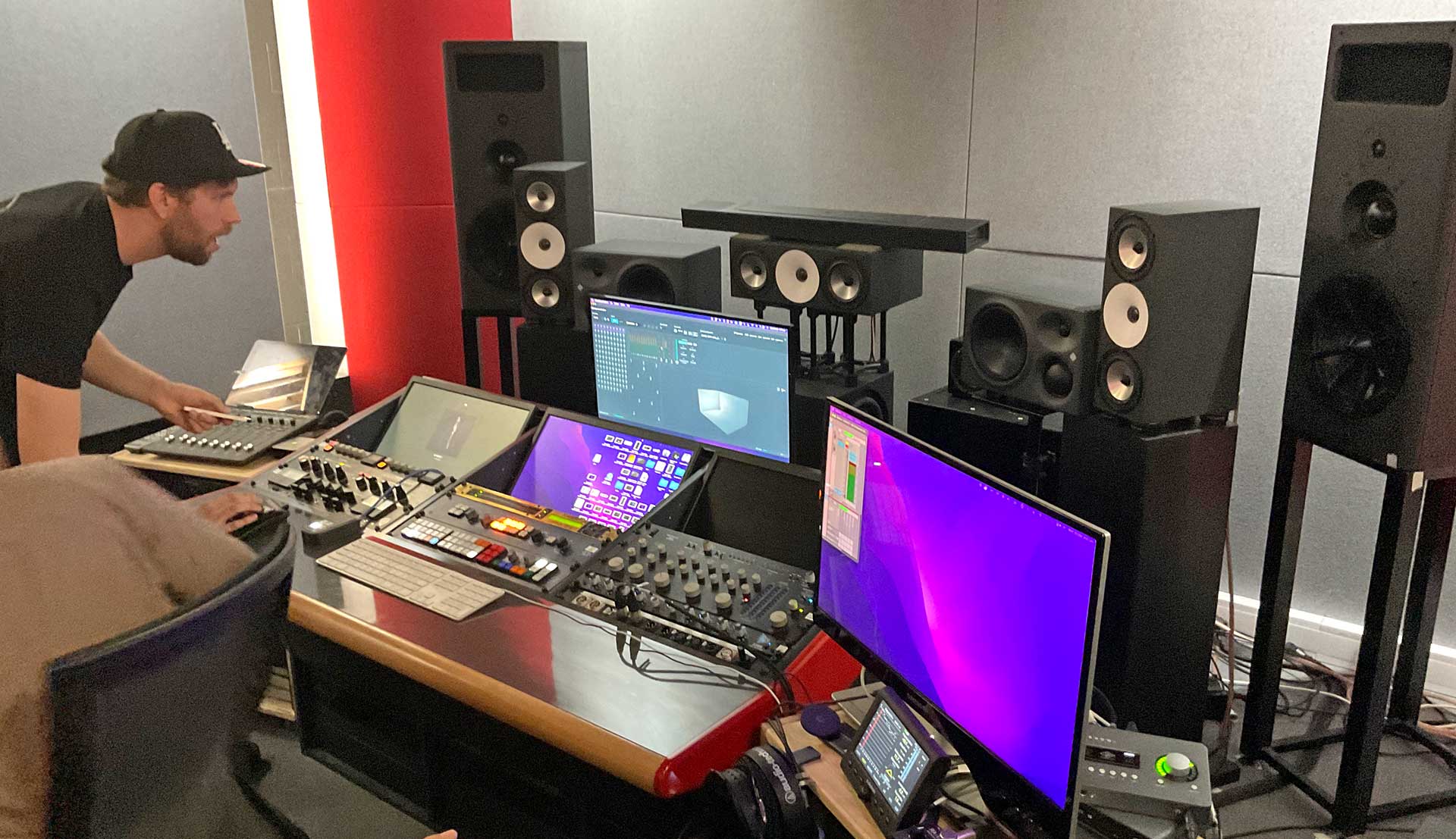
My first sight of – and listen to – the Bar 1300 came at a remarkable launch which Harman Australia put on in Sydney for its new soundbar range. It was both superficially impressive (held in the glitzy Studios 301, spectacular snacks, etc.) and genuinely brave, because Harman chose to pit its Bar 1300 system against Studios 301’s new $200k Atmos mixing suite (pictured above).
On one level, this might be considered crazy, to have the resident Atmos engineer A-B switching between the full mastering system and the JBL bar, with its centre section balanced atop the system’s centre speaker and the separated wireless rears perched on the studio’s own standmount rears. There was clearly no hope that JBL’s bar would ‘win’.
But instead Harman scored something of a coup. Of course there was absolutely no chance of confusing one with the other – the full Atmos system was vastly more powerful and spacious and accurate. But the surprise was how well the Bar 1300 did manage: it was not a sad crushing of the Atmos music being played; things remained powerful and musical. Needless to say, we couldn’t wait to get the Bar 1300 in for a full review.
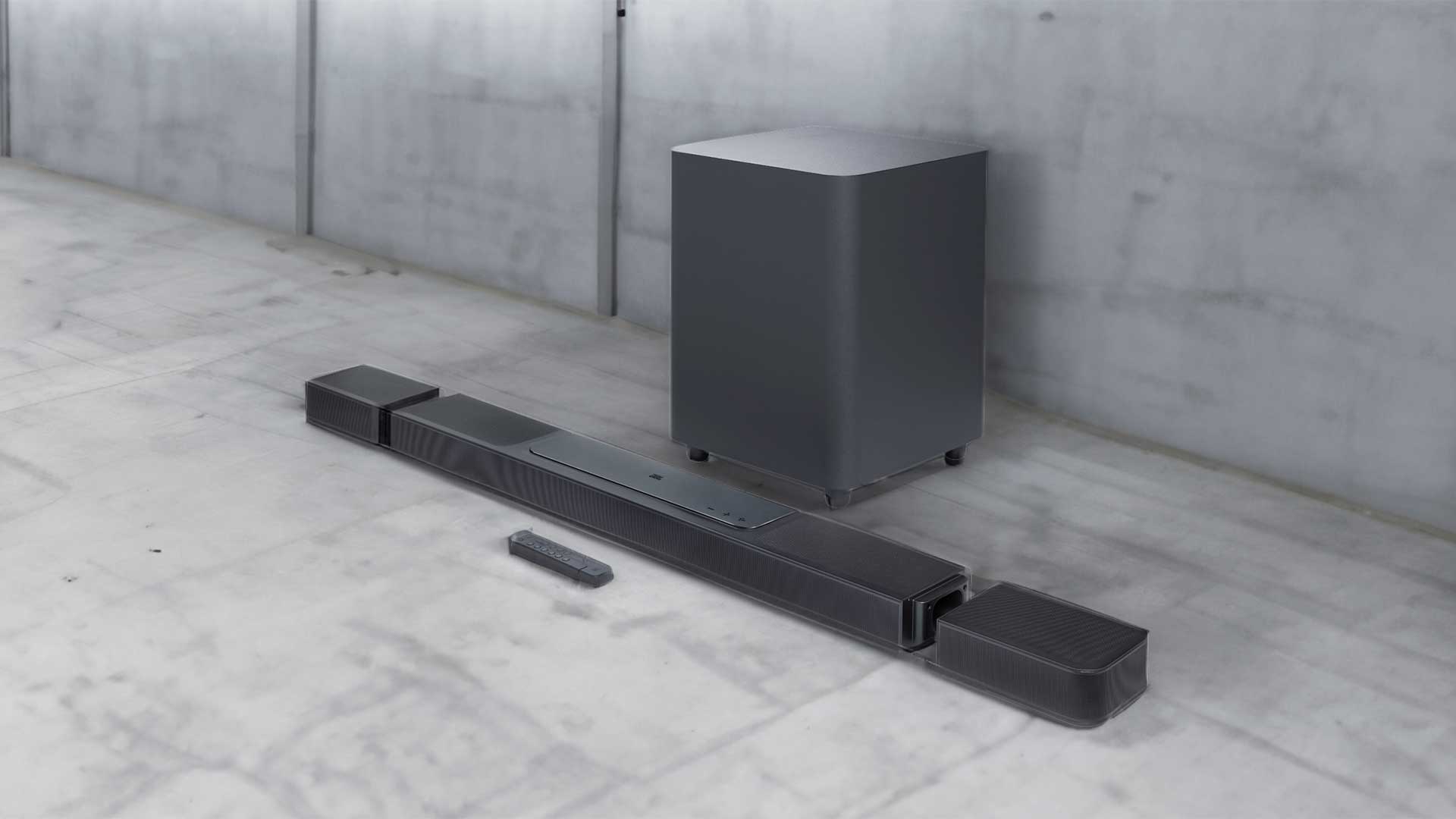
Build & connections
We had seen several of JBL’s latest soundbars at the launch, and TBH they look pretty plain and functional, with flat black plastic areas between the grilled areas covering drivers. As you head down the range, the aesthetics become plainer still as the driver counts reduce and ever more flat black plastic fills the gaps.
But you know what? Who cares. Soundbars should play to the ears, not the eyes, and plain black is just the thing to disappear below your TV, especially as the bar stands just 65mm high off a bench (a wall-mounting kit is also included) and is usefully matte on top, so won’t reflect much of the picture above. JBL sensibly opts for no lights on top (because you can’t see them when you’re seated, not that this discourages many soundbar designers). Instead a useful and large five-character LED display shines from the front through one of the grilles.
How long is the bar? Depends if the ends are attached (138cm long, 6cm high) or not (102cm long). Socketry is generous, with three HDMI inputs as well as the output, which has eARC so it plays your TV audio back down the wire.
The direct HDMI inputs will be the only way to enjoy DTS:X content, with which the bar is compatible in addition to Dolby Atmos. But there is very little DTS:X content around, and none via streaming services in Australia (Disney has promised some for IMAX Enhanced movies in some regions). Many bar manufacturers are now saving themselves the DTS licence fee and ignoring it.
There’s also Ethernet and Wi-Fi here, optical audio as a TV fallback, and a USB-A slot which can charge, say, an HDMI dongle.
Then we have those detachable rears, the Bar 1300’s particular magic trick, although it’s not unique in this regard – several other bars in the new range and the previous JBL Bar 5.1 can all do the pull-off trick. It’s an idea pioneered by Philips Fidelio soundbars going back a decade.
JBL told us you’ll get three to four hours of full-on performance from the Bar 1300’s pull-off pair, though the website is more optimistic, quoting up to 12 hours, which “may vary according to content type and volume level”. But there’s also a USB-C power socket on each speaker, so you could use any spare USB-C power adaptor to keep them juiced up indefinitely in their rear positions, rather than returning them regularly to recharge from the bar.
That also allows further freedom, because each rear speaker can individually become a standalone Bluetooth speaker. Plug one in bedside to a USB-C power cable and send it bedtime tunes and podcasts from your phone.
In a nice touch, JBL supplies a couple of magnetic end pieces which can pop onto the bar when the rears are removed. This both keeps things neat and prevents anyone sticking their fingers in the ends where the angled side drivers are visible. You’ll need somewhere to tuck these when not in use, but when attached it certainly improves aesthetics.
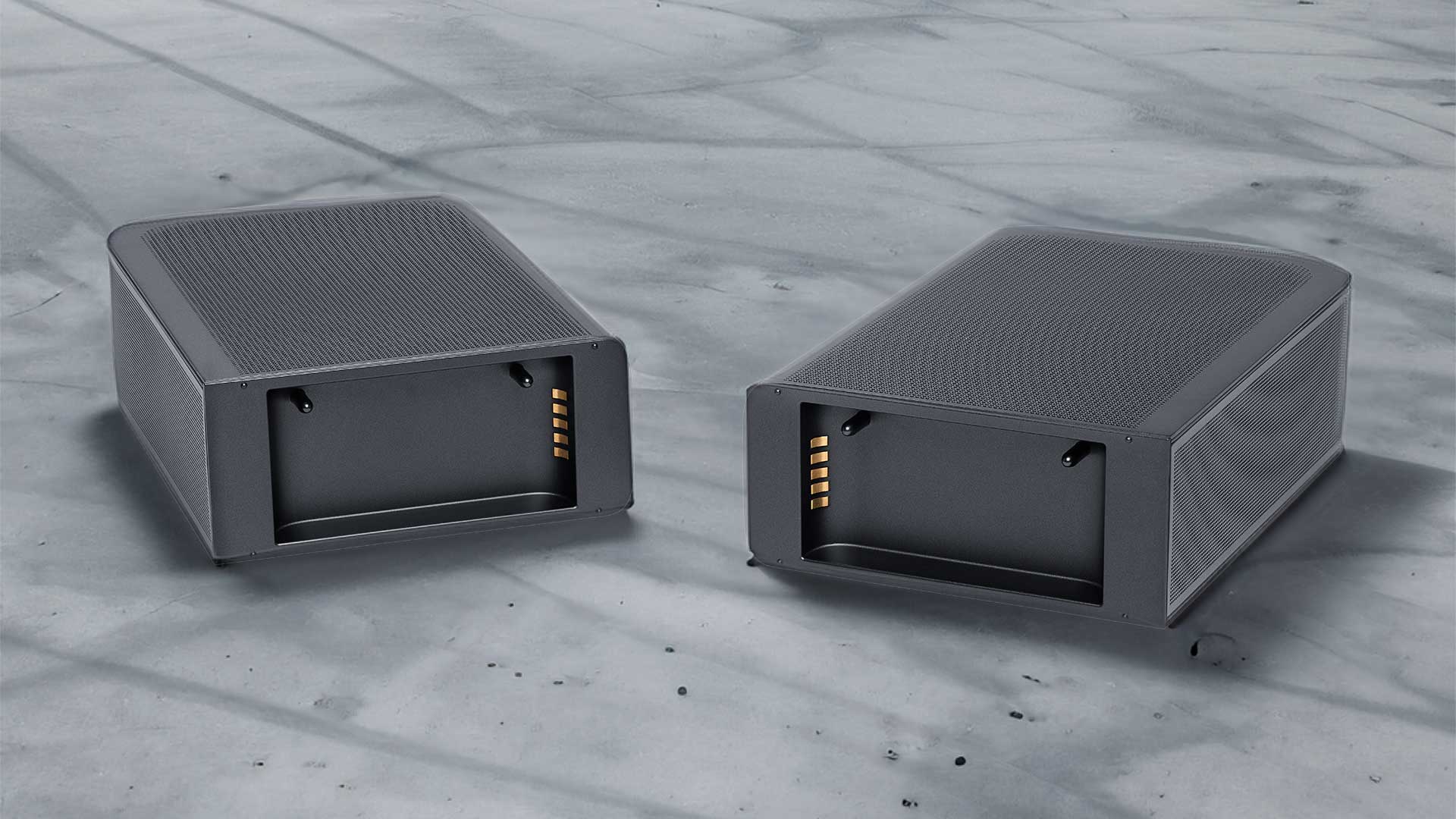
If the rear speakers are clever and compact, the bar’s other partner is clever but not very compact at all. Indeed the subwoofer is absolutely enormous by soundbar combo standards, so is perhaps just that little bit harder than usual to accommodate – a 31cm square footprint and 43cm high. I
t’s about the height of a piano stool, so we reckon people are very likely to sit on it, at least until its portly performance resonates their rear regions and they realise their error. In any case the 10kg sub has a sturdy polycarbonate shell, and its thick black feet seem sturdy enough to handle such a scenario. Its back is defined by the flared port and the socket for the power cable, plus a little illuminated press button which can be used to re-pair it with the bar, should they ever become accidentally estranged. The main driver is generously quoted at 10 inches (actually nine to the outer edges of the roll surround); it fires down and out through the space between the feet.
The subwoofer needs its power cable, but it links wirelessly to the bar, of course, and it has none of the common subwoofer controls (roll-off, phase etc.) because all that is taken care of by the bar’s electronics, subject to the calibration process.
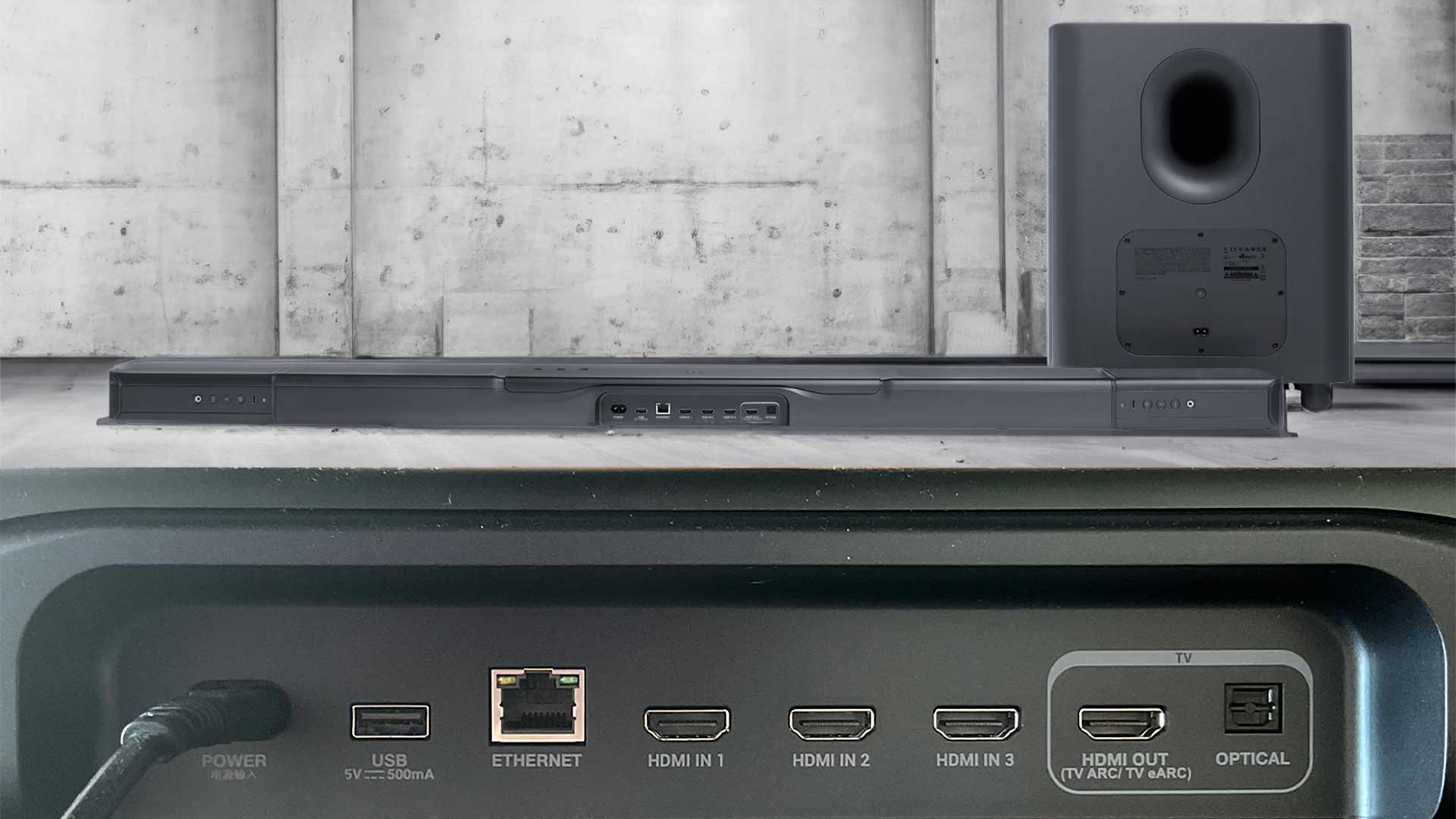
Setting up
Set-up was initially a bit of a kerfuffle, mainly because the quick start guide is so short of useful words. JBL hopes that pictorial instructions will be clear to all, without the Babelian confusions of language. But there was stuff we couldn't work out – a red cross by a little square, a green cross by a circle, an arrow pointing at the back of the rear speaker units, say wha? Some words do appear, but in type almost too small for the human eye to discern.
Despite the #fail on the Quick Start Guide, however, it’s not rocket science (and you can download a full manual). We just plugged up and stuck the rear speakers on the front to ensure they were charged. Soon enough a message appeared on the bar saying ‘Connect to WiFi’. This is one of the last things in the Quick Start Guide, which does then point you to the ‘JBL One’ app. This takes over – you get the Bar onto your home Wi-Fi (or Ethernet), then it offers to calibrate the system to your room.
The question with built-in calibration systems is – where’s the mike? There’s no plug-in microphone here to move around here, as in AV receiver calibrations. If a bar offers to calibrate based only on a mike in the bar itself, we are dubious how it can discover much about the room, let alone the listening position.
So here we were impressed to discover that the detachable rears each contain microphones, enabling a real triangulation of calibration to occur. It does so using only two sessions – the rears closely positioned at the central listening position, and then placed out in their wider, presumably permanent positions. A couple of minutes of wild whooping and it’s all over. Our only issue was that we couldn’t find a way to turn the calibration results on and off, for comparison purposes. Once on, it seems stuck on, short of a full reset, or re-calibration.
There are supported music services as well as settings within the app (see below), also a crude but effective equaliser, a virtual remote control (more clearly labelled than its physical counterpart), and an audio sync slider, its adjustment only positive, though, when most soundbar sync problems require negative.
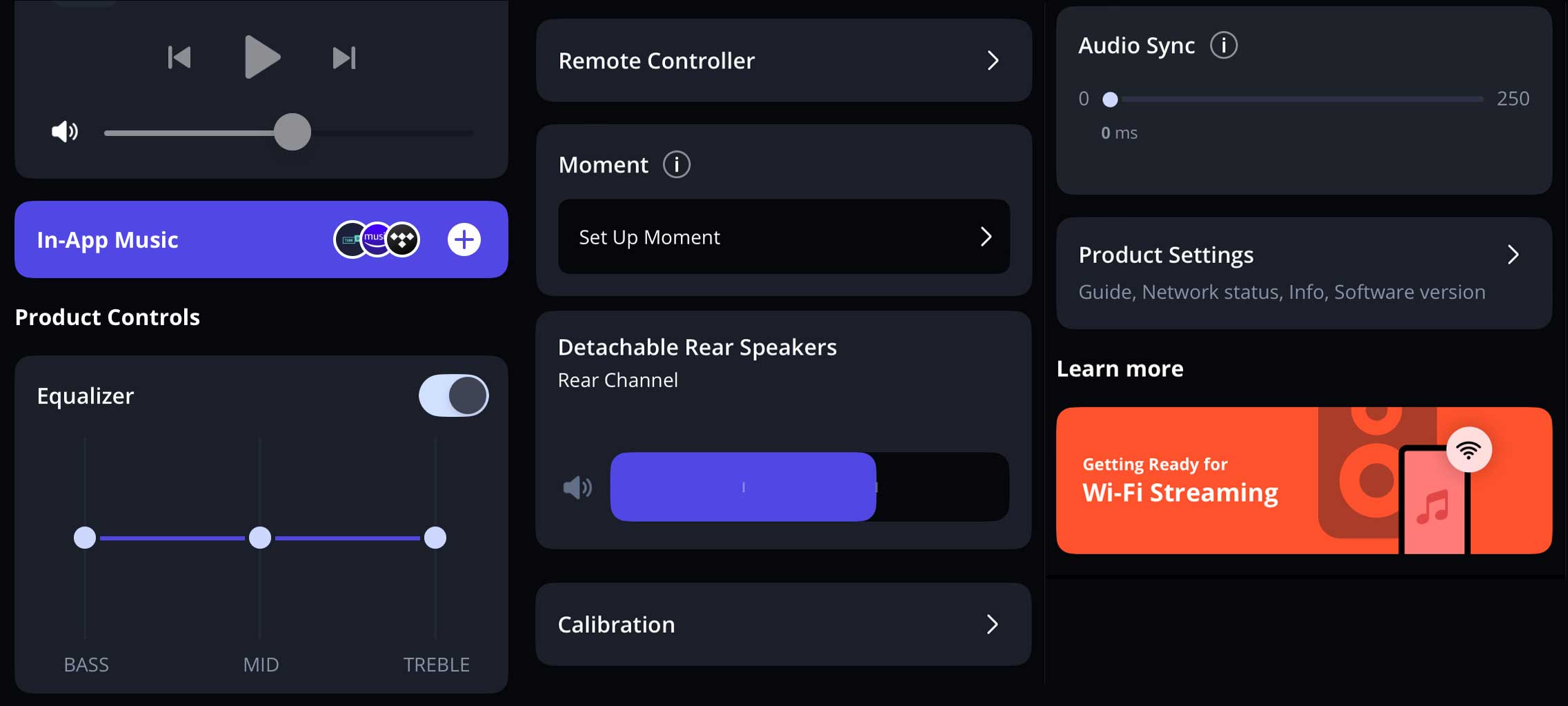
Sound quality

Inputs: 3 x HDMI, 1 x HDMI eARC, Ethernet, Wi-Fi, AirPlay, Chromecast, Alexa Cast, Bluetooth
Outputs: HDMI, optical audio, USB power
Drivers (bar): 6 racetrack drivers (46 x 90mm), 5 tweeters, (20mm) 4 up-firing (70mm drivers)
Drivers (rears, each): racetrack driver (46 x 90mm); 20mm tweeter, 70mm up-firing driver
Driver (subwoofer): 10-inch (see article)
Bar dimensions (whd): 140 x 60x 14cm (centre section without rears is 102cm)
Separate rear dimensions: 20 x 6 x 14cm
Subwoofer dimensions (whd): 30.5 x 44 x 30.5cm
With the rears popped off and in position, we played Picard Season 3 from Prime, delivered in 5.1 and lighting up ‘Dolby Surround’ on the bar’s LED display.
The surround track was immediately effective, steering ships from rear corners to the front, or delivering clinking glasses and chit-chat atmospherics from pub scenes, while the chunky subwoofer kept up the subtle low rumble of space travel and supported the slams of battle with great impact, if not the nimblest tightest of bass control. The disconnected rears were in almost constant activity, and their upfiring speakers also active, which is odd for 5.1, and points to an upscaling technology being in default use.
This was confirmed by playing some simple stereo material, and again it leapt out of the rears and upfiring drivers. We confess this was beguilingly effective with stereo music, and a room-filling rendition of the first Georgia Fair album/EP was one of the first warm-ups we enjoyed on the Bar 1300. Once started, we had no inclination to stop it, so rich were the brushstrokes, so enveloping the sound, despite us knowing the surround effect was being faked.
With stereo TV shows, however, the effect of the upscaling was to throw slices of the front dialogue rear-ward, which sounded very distracting, like they were whispering in our ears. Lacking any button to shut off the upscaling, you can instead silence the rear and ‘Atmos’ channels using dedicated buttons on the remote. Or just put the rears back on the bar, of course, and reserve separation for true Atmos soundtracks.
We have noticed that some soundbars which handle Dolby Atmos not only perform far to their best with a true Atmos soundtrack, but also underperform with anything else. That is not the case here; we kept the Bar 1300 in position for a full month covering all TV and movie duties and a good few music ones. Never did it offend, and often it impressed.
Yet it is certainly the case that genuine Atmos takes things up a significant notch. Suddenly the signals from the rears were plainly discrete, not artificially created from something else. We watched Thor: Love and Thunder from Disney+, which is an IMAX Enhanced presentation with Dolby Atmos sound. As Gorr summons the god-killing Necrosword to kill Rapu in the intro sequence, the whole soundscape gets pretty frantic, even more so at the death of the God, and the JBL bar kept pace, banging the rocked-up Marvel theme at us from all corners.
In fact, we reckon the rears were clearly ‘hot’ (a little high) as set by the calibration; we had thought the same at JBL’s demonstration in Studios 301. Many people like their rears hot – you’ve paid for them, might as well hear them! But it’s not quite the way the artist intended. Happily, as noted, here you can tweak various levels using the supplied remote control; the changing levels are shown on the bar’s LED display. We dropped the bass to 2, to stop it woofing things up quite so much. We put the rears to medium for atmospheric movies, but with Thor… we dropped them back to low, which kept things immersively real, less distractingly busy. There’s even a level control for upfiring level; that one we kept high.
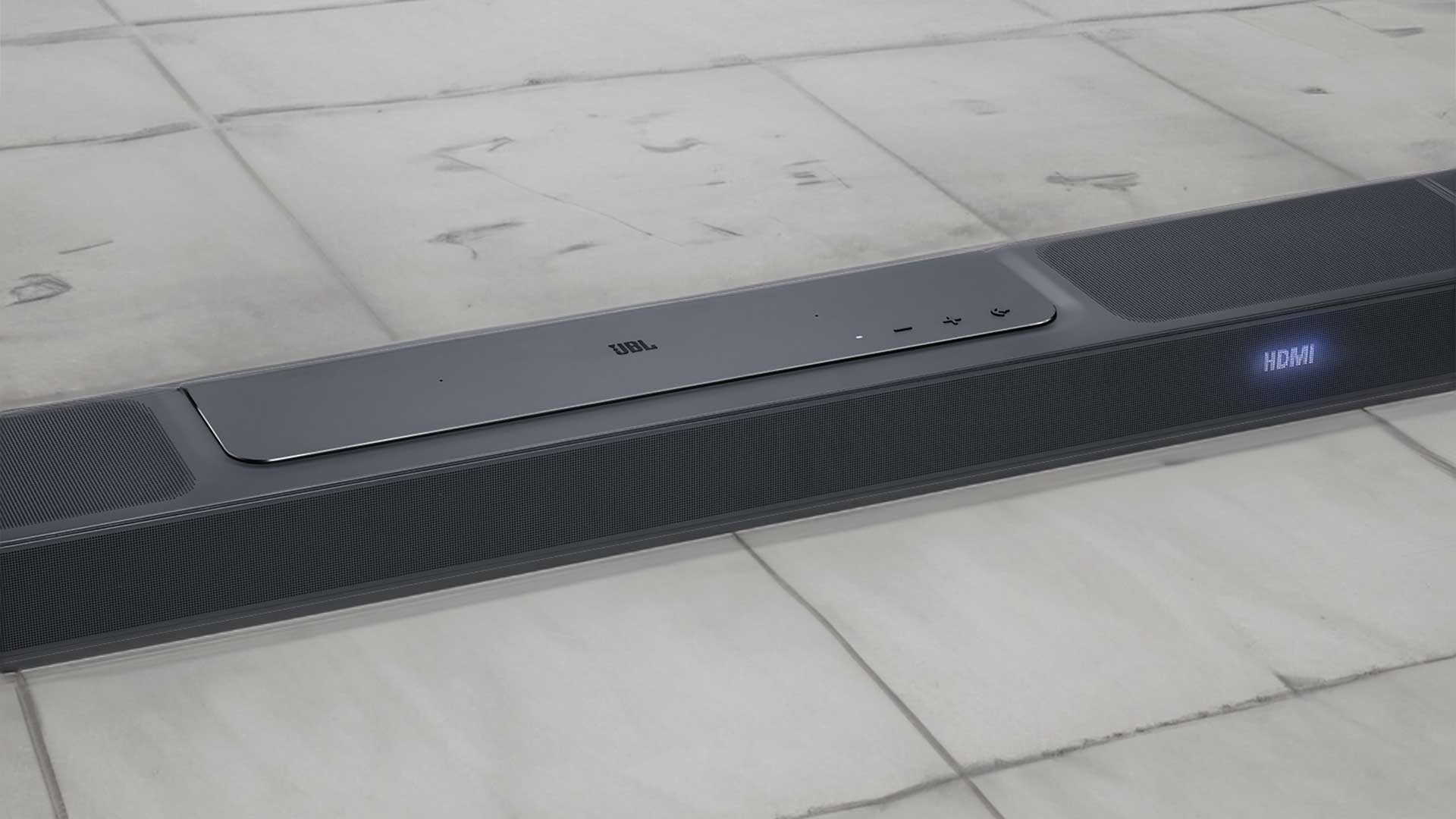
So set, the JBL 1300 delivered masses of power, a solid and tight sound, and a strong but realistic level of immersion. In one wide room we experienced something of a gap between front sound and rear, but once in a listening room with side walls the side-surround drivers firing at an angle from the bar’s edges could do their thing.
When the bar gets an Atmos signal, it scrolls ‘Dolby Atmos’ on its display. This is usefully reassuring (it had read ‘Dolby Surround’ in one room at Studios 301, indicating some lesser form, and simply ‘PCM’ in the other demonstration).
The opening of AppleTV+’s Tetris movie provided a wonderful example of the Bar 1300’s talents, opening with a rear-left dice rattle from the detached speaker and progressing into an immersively pumping theme which is part Reznor/Ross, part Everything is Awesome. Then there’s an important dialogue scene and here the surround largely drops away, so you’re focused on the dialogue, which remained solid and distinct, then effects lift again as the Russian back-story begins and we move to a street in Moscow with a crack of thunder, falling rain and support music. The regularly-recurring Reznor/Ross-like blips are particularly effective, and this led us into one of the great joys of owning a Dolby Atmos system these days – Dolby Atmos music.
The bar flashed up Dolby Atmos instantly when we set our AppleTV 4K to play Spatial Audio from its Apple Music app, and Atmos music sounded bloomin’ fantastic. Some soundbars can do movies but can’t hold a tune – this is decidedly not the case with the Bar 1300. It gave the best performance of Fleetwood Mac’s Atmos-mixed Dreams we’ve heard: we actually preferred it to our full surround system, so rich were Stevie Nicks’ vocals at the front, so enveloping the harmonies spread around the room, and so full and firm the bass (still on the ‘2’ notch, though some songs needed an extra tilt).
Earth Wind & Fire’s September has plenty of rear action in its Atmos remix, and simply boogied along through the JBL combo, and with a crazy amount of level available – this is a rare soundbar which can really party when requested. We’d noted that JBL’s Studios 301 demos had been set to the max level of 32 (or one stop down, after a request to tame things a little), but that had been in a nearly impossible room in which to perform – a dry large studio with high ceilings. In our more realistic lounge environment we only once dared push it to the maximum level of 32; even 22 was crazy loud, so we had plenty of headroom to spare.
One great new Atmos release is boygenius’ 'the record'; the opening a capella piece being a nicely simple demonstration for voices placed around the soundstage, while track 3, Emily I’m Sorry, similarly spreads beautifully front to back, a fine advert for listening in Atmos. And there’s no listening to this quietly: the Atmos music effect only becomes more immersive as you raise the level, a slightly dreamlike audio world. If things started to feel a little floodied and swampy, we backed off the subwoofer a stop or two using the remote.
The raunchier $20 between these two tracks, however, offered an example of where Atmos helps rather less: the mix sensibly keeps the band driving tightly in the front space, and uses the rears to place backing vocals and effects to fill out the stage – but does this add to the livelier jangle of the stereo mix? Streaming Atmos is, after all, perceptually compressed by a factor of 10 to 1; the stereo is far higher quality in terms of bit-rate, and on this track that’s loud and clear through the JBL Bar 1300. It’s a good pointer to its abilities, being able to discern such differences in source material quality.
So not everything was brilliant; the Atmos mix of The Beatles Help! didn’t sound very lively at all, and when playing some of the stuff we know best in Atmos, like the brilliant mix of Rush’s Tom Sawyer, or Floyd’s ‘The Dark Side of the Moon’, it was obvious there wasn’t the precision that’s available from a larger system with receiver and speakers; vocal tones aren’t quite hi-fi, the bass less tight, the immersion less complete. But that’s comparing this soundbar system against a receiver and speaker package that would cost far more than the Bar 1300.
One result of the very large subwoofer in the system is that it can ‘pull’ a little if you don’t have it centrally located; this was evident on the lonely heartbeat that opens ‘The Dark Side of the Moon’, though its directionality was masked as soon as Breathe began. The effects panning and footsteps during On The Run were marvellous fun. Here was another recording which encouraged higher-level listening, although here we found some of the sound from the rears (though not rear height) drivers was delivered with a slight peakiness that encouraged us to tame the rears back, even while raising the whole.
This kind of rebalancing on the fly is greatly assisted by those individual buttons on the remote, so that it’s easy to get just the right balance for different material quickly. It’s also useful when the separate speakers are upscaling less-than-Atmos material; sometimes things just get spread around too much, and we preferred just to lower the rear and/or height levels far down or even to zero; all these things are made easy by the versatile remote.
And that bonus of using the removable rears as separate Bluetooth speakers? We had a little trouble connecting at first; the usual long press to start pairing instead here pairs the two speakers together. It’s a short touch to start one (or both of them) pairing.
And the sound? They’ll be thin and weedy little standalone speakers, right? Well, no! Don’t forget that JBL makes the world’s best-selling and regularly-awarded Bluetooth speakers, and that experience shows here, with the solo rears sounding solid, full and enjoyable, with a fair degree of level too, so one of them will be great as a little bedroom speaker, say. When we paired the two together in stereo, they were three times as good, the sort of sound you’ll get pairing two large JBL Bluetooth speakers, so a tad artificial, a bit pushy sometimes, but strong and enjoyable, and powerful enough for a good stereo performance in a small-medium room.
The only problem we foresee is that family members will be pinching the bar’s ends all the time to use in other places – a full movie night may require a hunt through the home. But what a marvellous bonus!
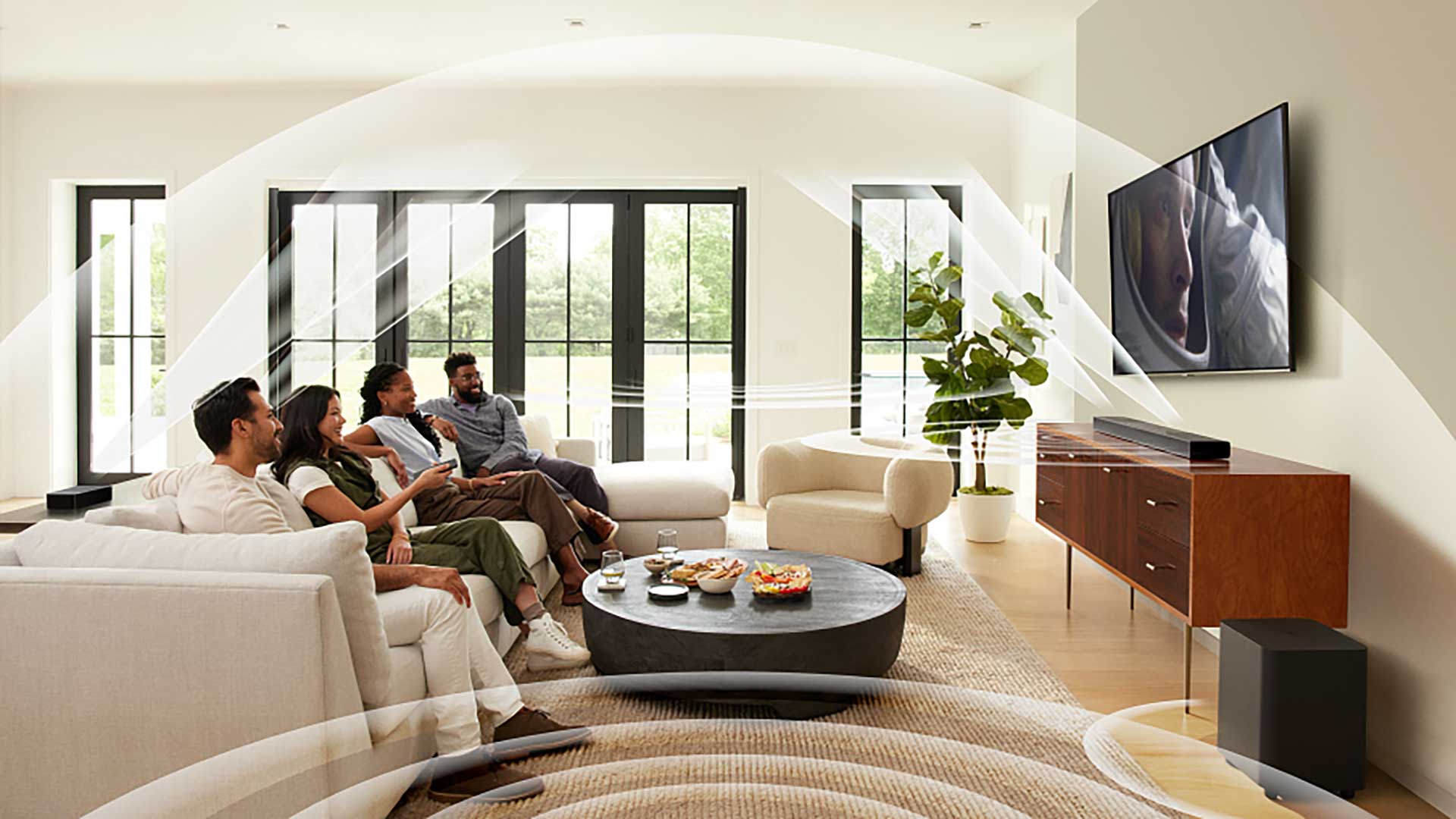
Verdict
It’s highly impressive to find a soundbar system which can go this loud this effectively and still remain musical. Its removable battery rears are not unique but as yet still unusual in not taking over your lounge entirely with speaker boxes and cables, yet still offering true surround and height from behind. It all makes for a package which took out a 2023 Sound+Image Award at its price. We need hardly say more.

Jez is the Editor of Sound+Image magazine, having inhabited that role since 2006, more or less a lustrum after departing his UK homeland to adopt an additional nationality under the more favourable climes and skies of Australia. Prior to his desertion he was Editor of the UK's Stuff magazine, and before that Editor of What Hi-Fi? magazine, and before that of the erstwhile Audiophile magazine and of Electronics Today International. He makes music as well as enjoying it, is alarmingly wedded to the notion that Led Zeppelin remains the highest point of rock'n'roll yet attained, though remains willing to assess modern pretenders. He lives in a modest shack on Sydney's Northern Beaches with his Canadian wife Deanna, a rescue greyhound called Jewels, and an assortment of changing wildlife under care. If you're seeking his articles by clicking this profile, you'll see far more of them by switching to the Australian version of WHF.

